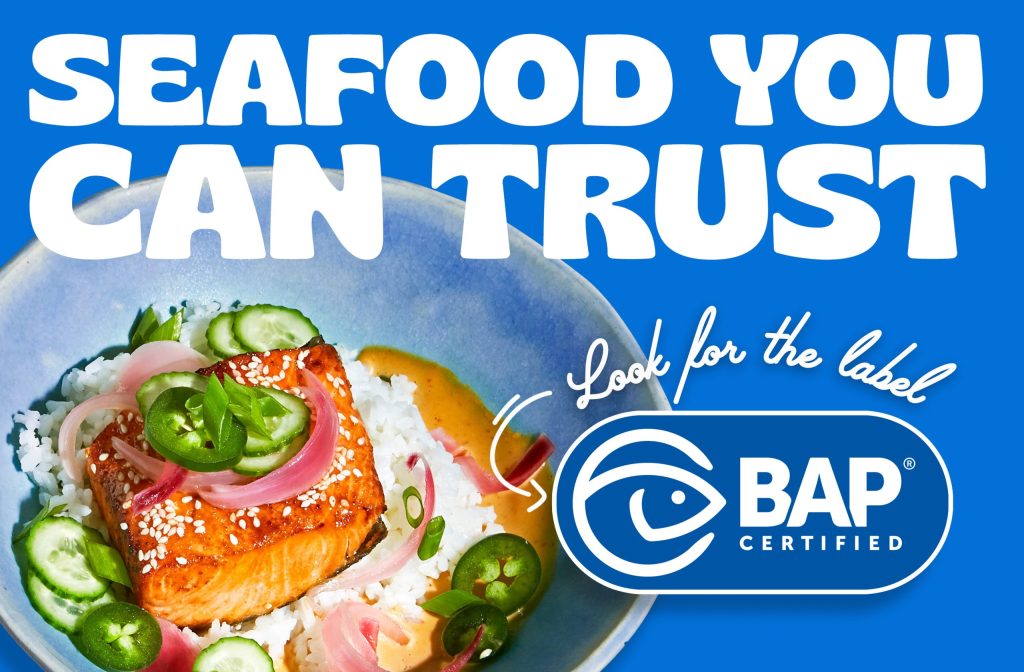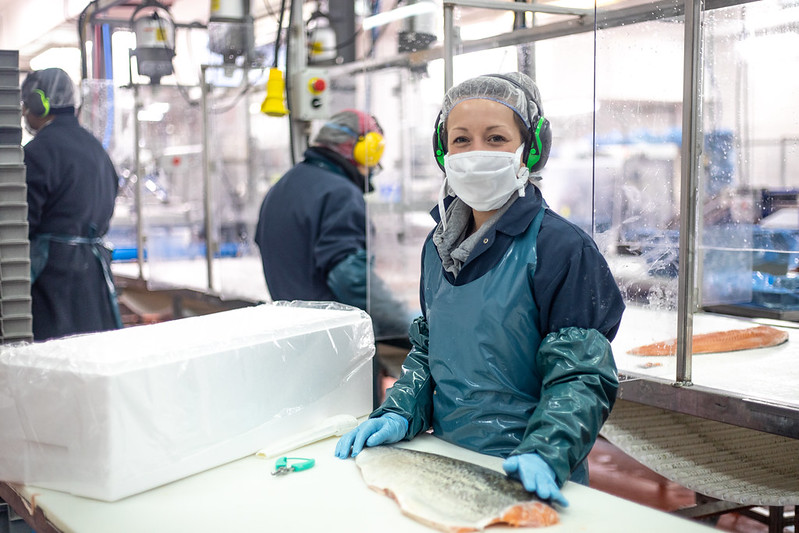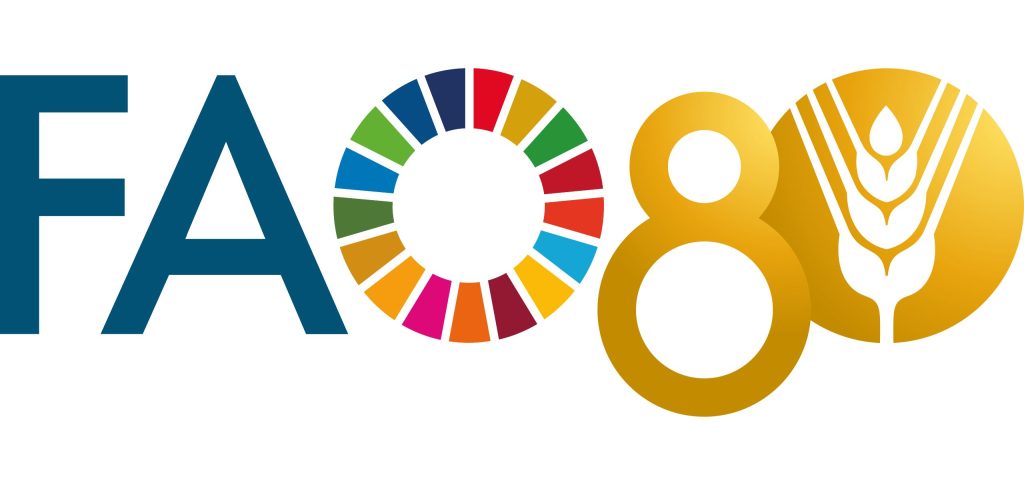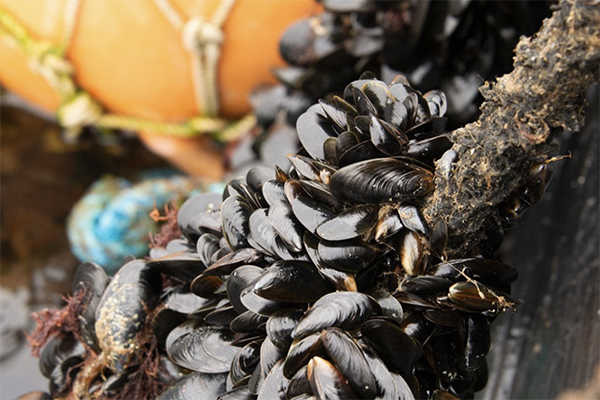Five Tips for Being a Smart Seafood Shopper
Why Seafood?
In addition to being a lean source of protein and loaded with vitamins and minerals, seafood provides some of the richest sources of omega-3 fatty acids. Studies have shown that getting the recommended two servings of seafood per week can help decrease risk of heart disease, reduce cholesterol and inflammation, and even improve brain function! Despite these benefits, only one in 10 Americans are actually meeting this recommendation.
What to Buy
We want to make it easier for you to get those two servings of seafood per week, and we know choosing sustainable seafood isn’t as easy as it may seem. Between different certification programs, ratings programs and information in the news or on social media, consumers are often bombarded with contradictory information, leaving them confused when trying to make purchasing decisions. The good news is we’re here to help! The next time you’re looking to buy sustainable seafood, consider these tips:
-
Don’t Think Wild vs. Farmed
Many people don’t realize that in all likelihood, the majority of the seafood they eat comes from a farm. Fish farming is the only way to increase the amount of seafood we produce for human consumption, as wild fisheries have reached their harvest capacity. In fact, by 2030, two-thirds of all the seafood we eat will come from aquaculture! Aquaculture, when performed responsibly, is the only way to provide a healthy, responsible source of animal protein for future generations. So, if you only are looking to purchase wild seafood, you may want to reconsider. There are healthy, safe and sustainable options available for both farmed and wild seafood.
-
Don’t be Afraid to Go Frozen
We’ve been taught to believe that “fresh is best.” But, in many cases, frozen seafood is less expensive, and with advances in technology, consumers can buy fish that has been frozen only hours after it was harvested. Not to mention freezing food helps decrease waste!
-
Eat a Variety of Species
One of the wonderful things about seafood is that there are so many varieties! Don’t be afraid to ask your restaurant server or seafood counter personnel about sustainable options and which species fit the flavor profile you enjoy. BAP has about 30 species represented in its certification program, including salmon, tilapia, shrimp, mussels, pangasius and more!
-
Focus Less on Country of Origin
There’s a lot of misinformation out there about seafood and country of origin and recommendations being made to avoid seafood produced in certain countries. In reality, these broad generalizations often don’t take seafood certification programs into consideration. Third-party certification programs effectively level the playing field, assuring that best practices in environmental responsibility, social responsibility, animal husbandry and sanitation are being followed no matter where the production is taking place. This is why we encourage you to look for the BAP label instead of only looking at country of origin! China, for example, has many BAP-certified producers that are doing things the right way. Check out a video from a BAP-certified tilapia producer here.
-
Look for the BAP Label
One of the easiest ways to find safe and sustainable farm-raised seafood is to look for the BAP label! The BAP program is the only program that covers the entire aquaculture production chain, which includes the farm, processor, hatchery and feed mill (each star on the BAP label represents a part of this process). BAP is also the only aquaculture certification to cover all four pillars of responsible aquaculture — environmental responsibility, social responsibility, food safety and animal welfare. Learn more about the four pillars here.
Cooking up some BAP seafood? Tag us on social media and use the hashtag #BAPcertified to be featured!




